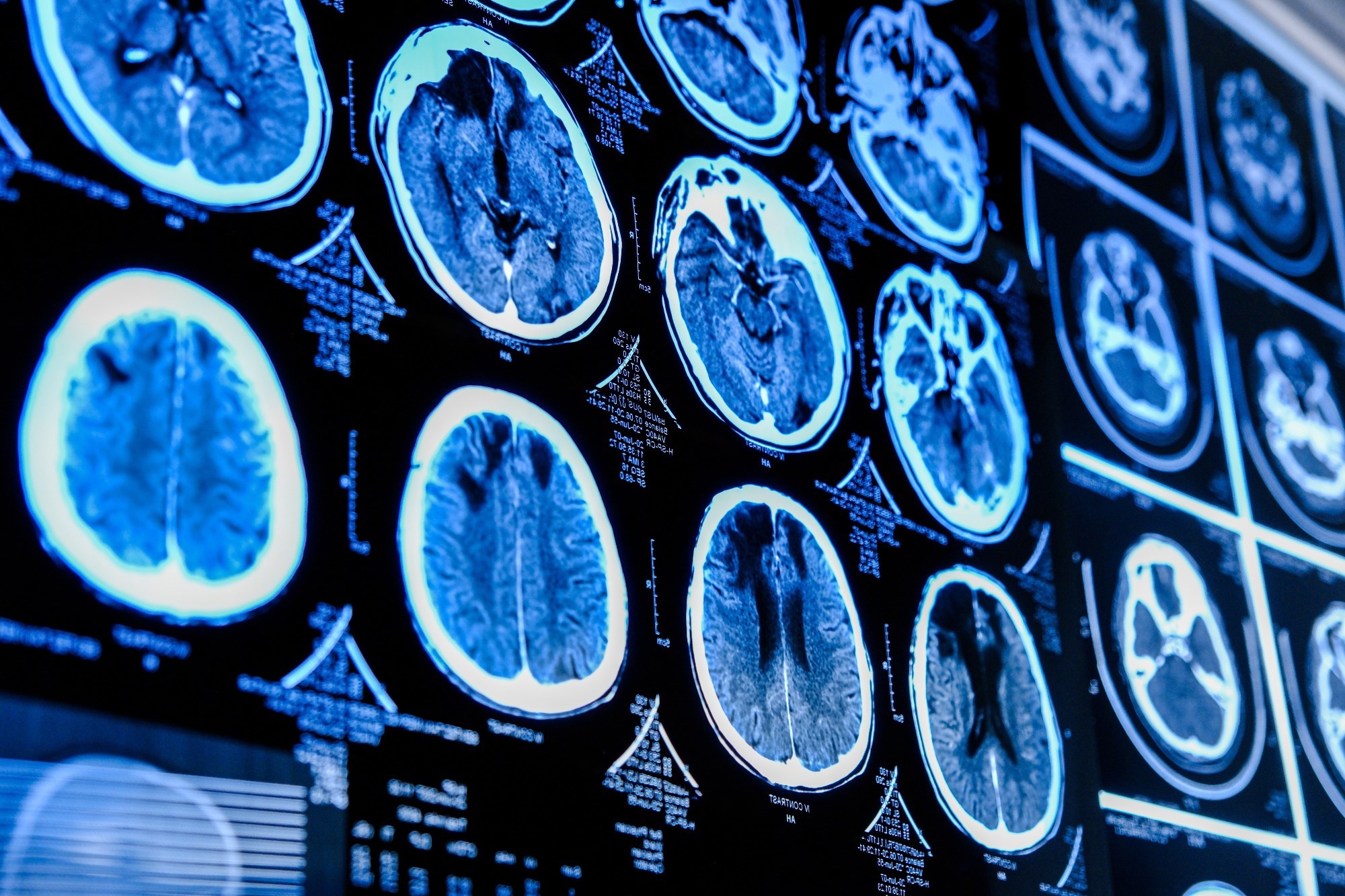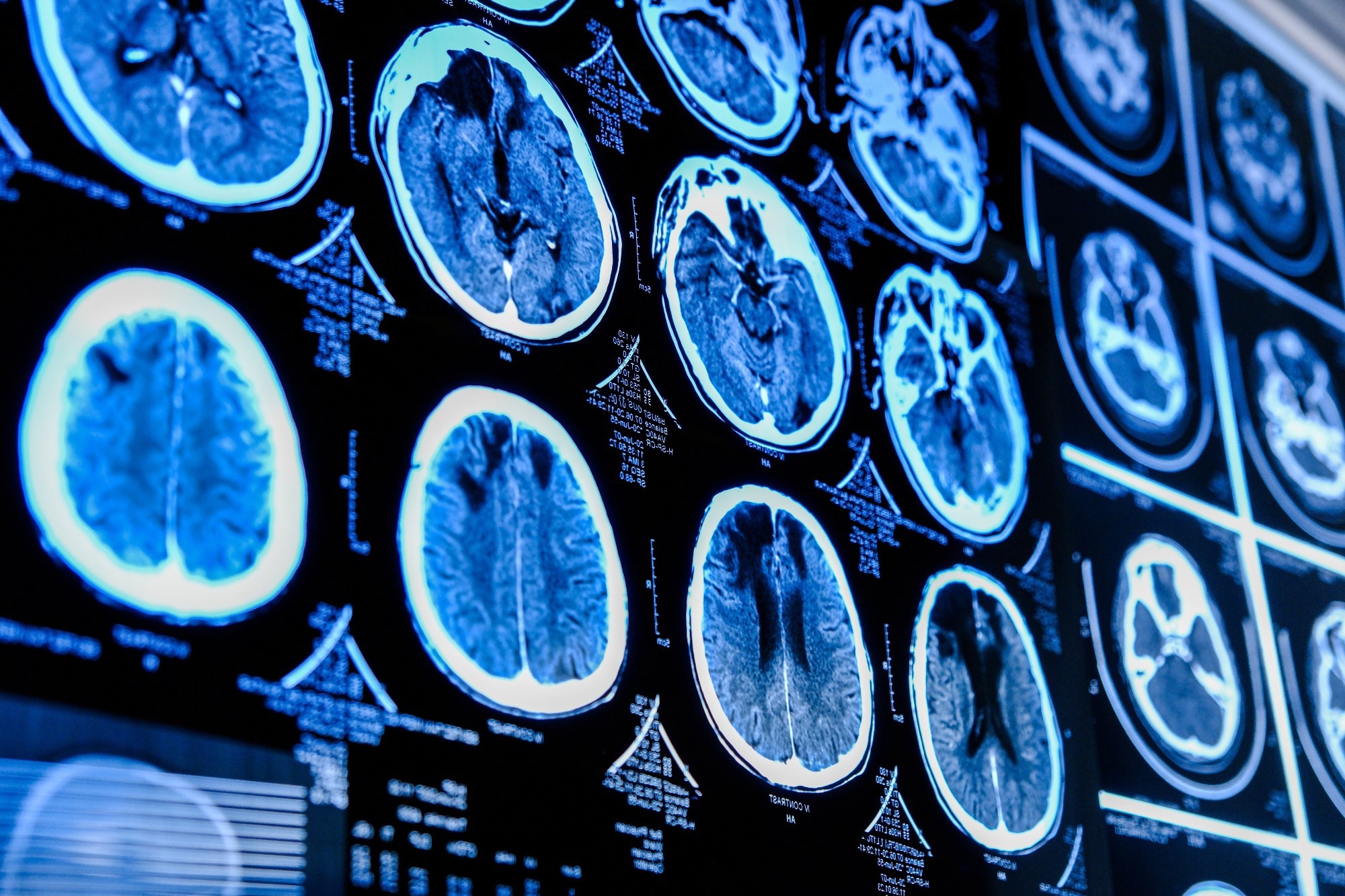In a recent study published in the journal Scientific Reports, researchers examine microstructural brain tissue changes in patients with type 2 diabetes (T2D) using whole-brain diffusion tensor imaging (DTI)-based mean diffusivity (MD) procedures that distinguish acute from chronic stages of tissue change. This study hypothesized that patients with T2D will exhibit altered MD values in mood and cognition regulatory areas as compared to healthy individuals.
 Study: Microstructural brain tissue changes contribute to cognitive and mood deficits in adults with type 2 diabetes mellitus. Image Credit: Elif Bayraktar / Shutterstock.com
Study: Microstructural brain tissue changes contribute to cognitive and mood deficits in adults with type 2 diabetes mellitus. Image Credit: Elif Bayraktar / Shutterstock.com
Background
T2D, a chronic metabolic disorder, has been shown to alter cognition and mood and, as a result, is often considered an early risk factor for Alzheimer’s disease (AD) and vascular dementia. In fact, epidemiologic studies have shown that T2D increases the risk of
cognitive deficits and mood disorders by 1.5- and two-fold, respectively.
Structural magnetic resonance imaging (MRI), due to its inadequate sensitivity to tissue changes, cannot detect subtle brain tissue aberrations. However, DTI, a non-invasive procedure, shows changes in the brain’s microstructural organization in gray and white matter. DTI also enables measuring MD, which reflects the movement of water molecules, thereby revealing the nature of the brain tissue injury and its extent in T2D patients.
To date, researchers have not examined direct correlations between tissue changes in brain sites mediating cognition and mood based on MD. Likewise, symptom scores for mood and cognition in T2D patients have not been reported.
About the study
In the present study, researchers recruited 68 people with T2D who were on medications from the Gonda Diabetes Center of the University of California Los Angeles (UCLA), in addition to 101 healthy non-diabetic controls. Individuals in both study cohorts were between 40 and 65 years of age.
The Diabetes Complications Severity Index (DCSI) from each patient’s clinical record was determined. Anxiety and depression symptoms were evaluated by Beck Anxiety Inventory (BAI) and Beck Depression Inventory (BDI-II), respectively. BDI-II or BAI values exceeding nine indicated depression or anxiety, respectively. The Montreal Cognitive Assessment (MoCA) was also administered, with scores of 26 or more indicating no cognitive impairment.
DTI data were collected using a single-shot echo planar imaging technique, generalized auto-calibrating partially parallel acquisition (GRAPPA), with an acceleration factor of two. Next, a visual assessment of all subjects’ T1-, T2-, and PD-weighted images were performed for various pathologies, including cystic lesions, infarcts, or tumors.
MD maps derived from all DTI series were quantified and realigned to remove any variation from head motion-related or other imaging artifacts and averaged. Non-diffusion weighted images were also realigned and averaged.
Statistical parametric maps showing brain sites with significant MD differences between groups were superimposed onto a mean anatomical image for identification through MRIcroN software. This allowed regions of interest (ROI) values to be obtained on brain regions with significant associations with mood and cognition values between T2D and controls. Whole-brain MD maps were also correlated voxel-by-voxel with mood and cognition scores, including sub-scores for BAI, BDI-II, and MoCA, using partial correlations.
Altered brain structure in diabetics
Widespread microstructural disruptions were observed in brain regions controlling cognitive and mood functions in people with T2D as compared to controls. Most of these changes were in the chronic stages, with only a few sites in the acute stage. Patients with T2D also exhibited impairments in visuospatial, language, and attention cognitive sub-domains, as well as greater depression and anxiety scores as compared to healthy controls.
Cognitive and mood regulatory networks are spread over a large area in the human brain. Thus, extensive microstructural tissue changes in these areas play a unique role in cognitive and mood deficits in T2D patients.
These findings provide important insights into those changes, as well as the microstructural neuropathological changes that can contribute to mood and cognitive dysfunctions in patients with T2D mellitus. Notably, all disruptions in the microstructural brain tissue integrity occurred predominantly in the temporal, parietal, temporal cortices, and subcortical regions.
Similar to previous studies, the regions that exhibited chronic tissue changes with increased MD values in T2D patients encompassed brain fibers joining the cerebellum to vermis and anterior crus to cortices, including the frontal, precentral, and superior parietal gyri.
Conclusions
The study findings demonstrate how MD can facilitate early detection of microstructural brain tissue changes in cognitive and mood regulatory regions in patients with T2D, which cause their altered mood and cognition deficits.
Journal reference:
- Roy, B., Choi, S. E., Freeby, M. J., & Kumar, R. (2023). Microstructural brain tissue changes contribute to cognitive and mood deficits in adults with type 2 diabetes mellitus. Scientific Reports 13(9636). doi:10.1038/s41598-023-35522-9.







